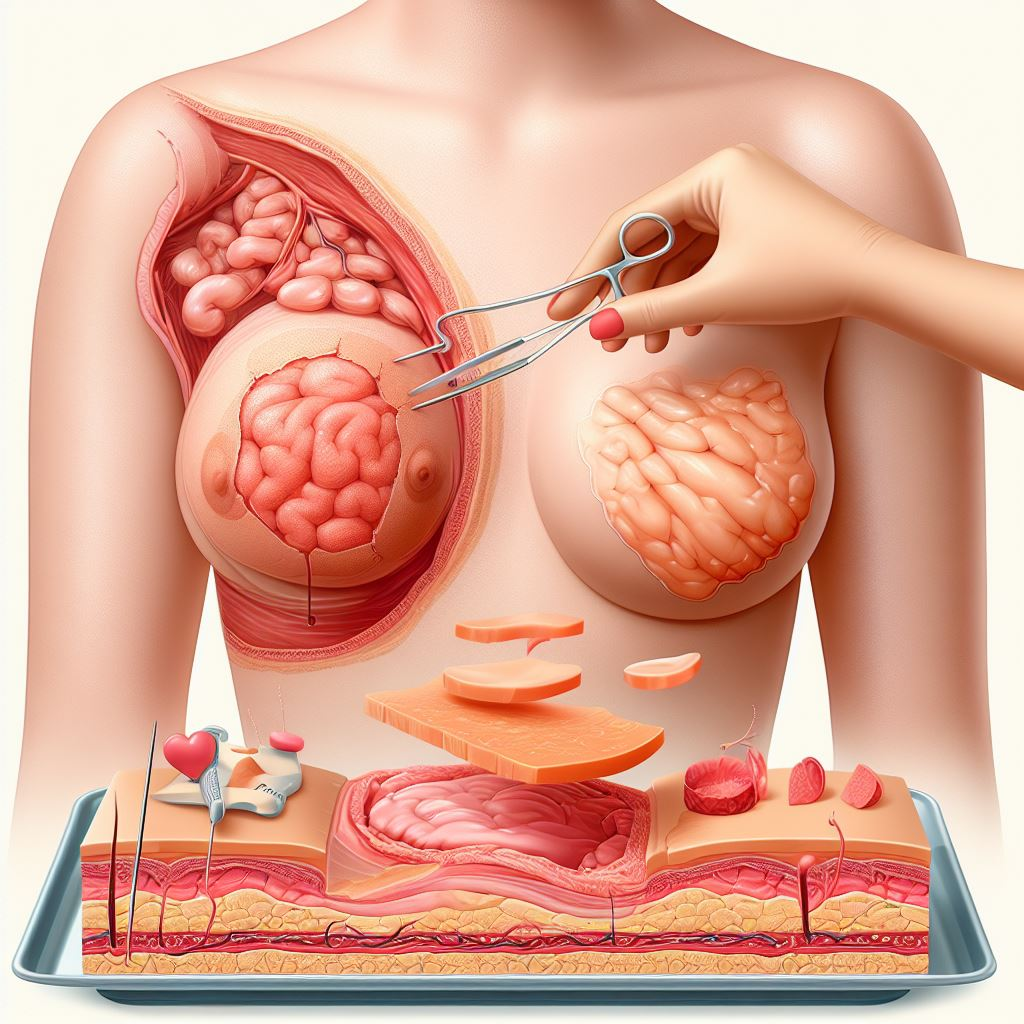A Comprehensive Guide Skin Grafts Unveiled On Info: Skin grafts are a crucial medical procedure often used to treat various skin conditions and injuries.
In this comprehensive guide, we will unveil essential information about skin grafts, shedding light on what they are, how they are performed, and the types available.

What Are Skin Grafts?
Skin grafts involve the transplantation of skin from one area of the body (the donor site) to another area that has suffered from skin loss due to burns, injuries, infections, or surgeries. This procedure helps promote healing, improve appearance, and restore essential skin functions.
The Process of Skin Grafting
The process of a skin graft involves removing a thin layer of skin from the donor site, usually a healthy part of the patient’s body, such as the thigh or buttock. The harvested skin is then carefully placed and stitched onto the recipient site, covering the damaged or affected area.
Types of Skin Grafts
1. Split-thickness Skin Grafts
A split-thickness skin graft involves removing the top layers of skin, including the epidermis and a portion of the dermis, from the donor site. This type of graft is typically used for larger areas and often heals faster.
2. Full-thickness Skin Grafts
In a full-thickness skin graft, both the epidermis and the entire dermis are removed from the donor site. This type of graft is ideal for smaller areas and results in a more aesthetically pleasing appearance as it closely matches the texture and color of the recipient site.
3. Composite Skin Grafts
Composite skin grafts involve the transplantation of skin as well as other tissues such as fat or muscle from the donor site. This type of graft is utilized for specific cases where multiple tissues need to be replaced.
Recovery and Care
After a skin graft procedure, proper care is crucial to ensure successful healing. Patients need to keep the graft site clean, protected, and follow the prescribed care instructions provided by their healthcare provider. Monitoring for signs of infection, graft failure, or complications is essential during the recovery period.
Conclusion
Skin grafts play a vital role in the field of medicine, offering a solution for those dealing with skin loss or damage. Understanding the different types of skin grafts and the procedure involved can help individuals make informed decisions about their medical care.
If you believe a skin graft may be necessary for you or a loved one, consult with a healthcare professional to discuss the best options for your specific situation.
